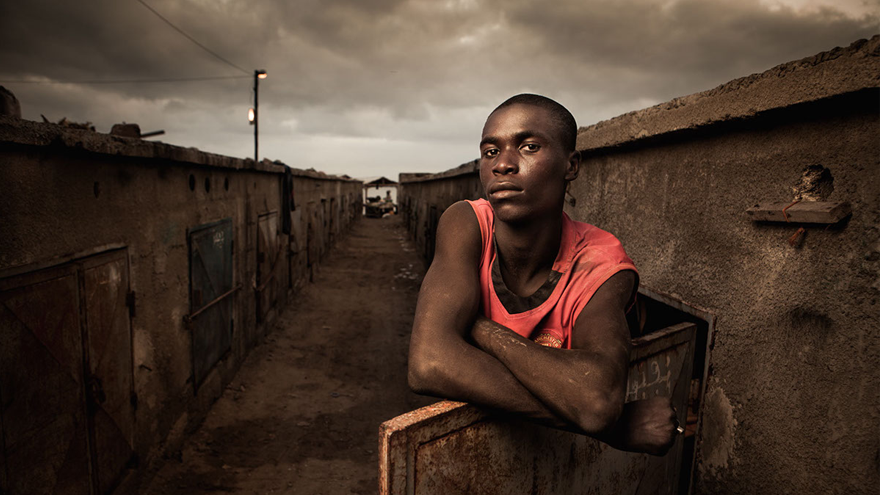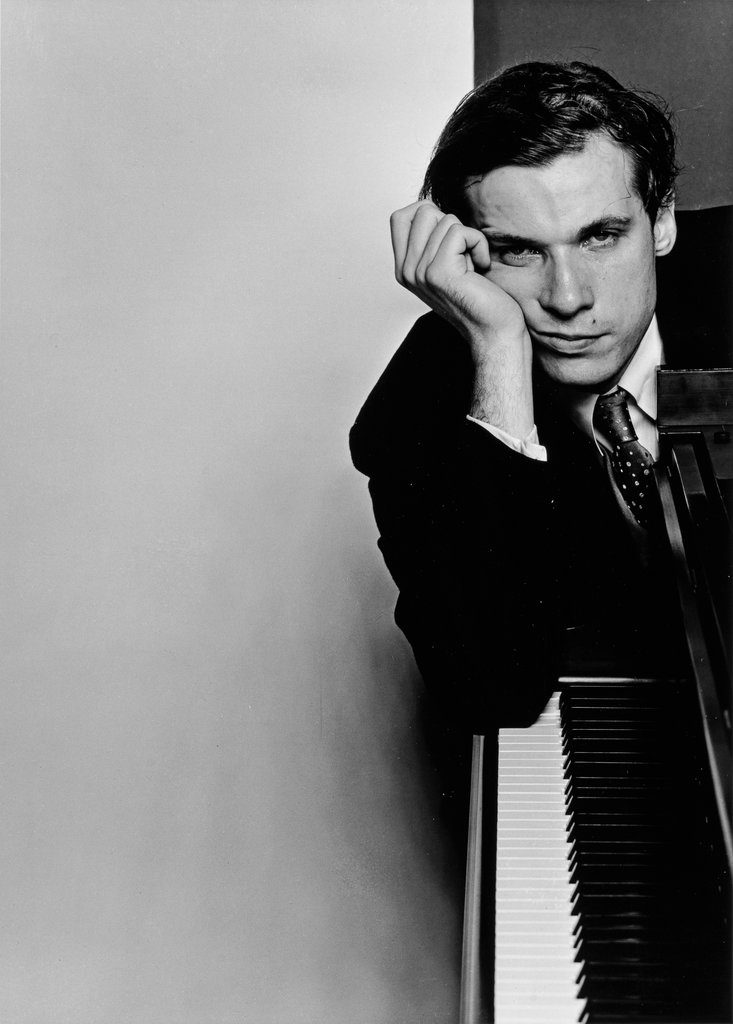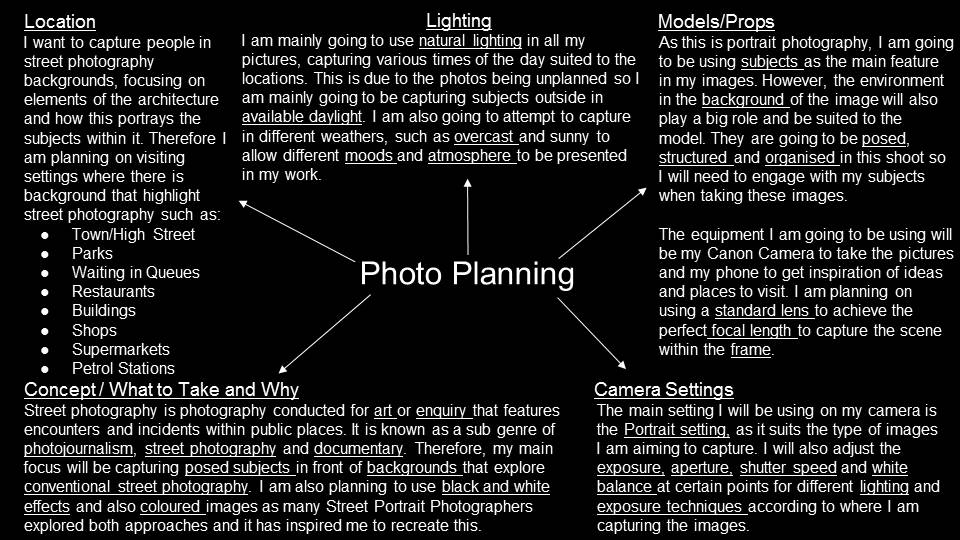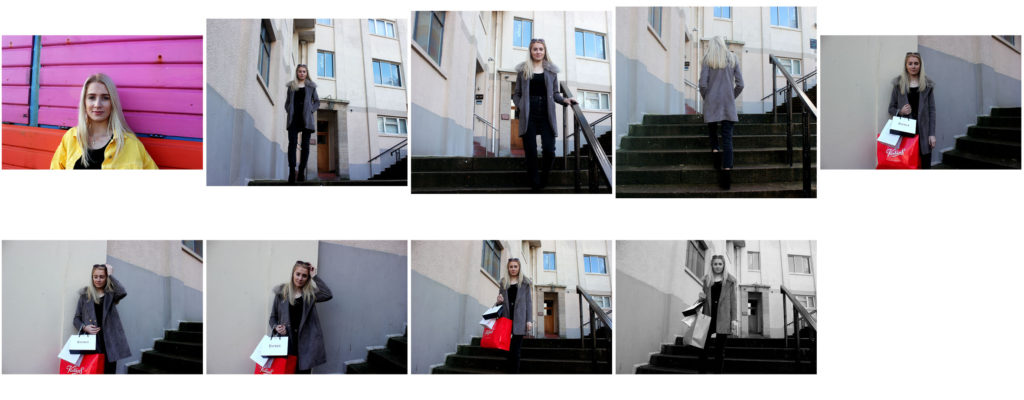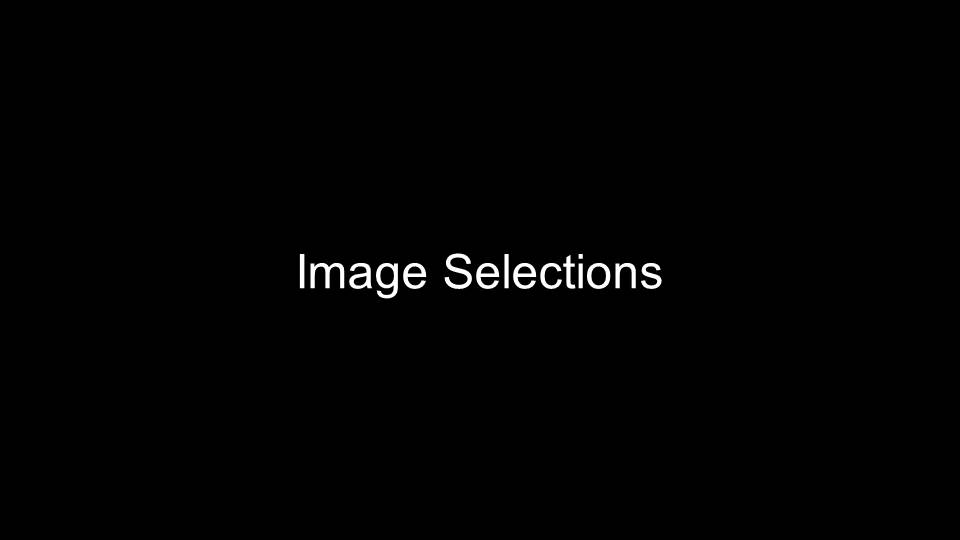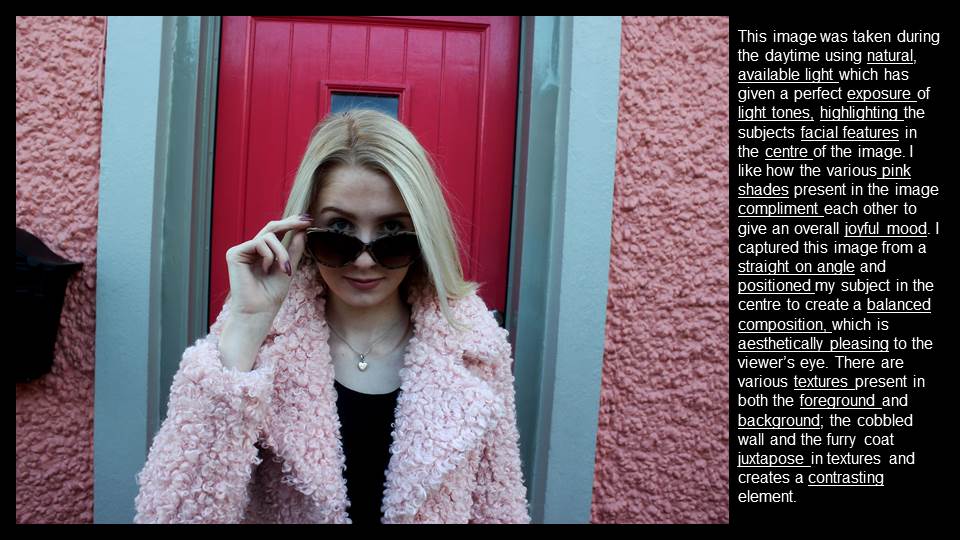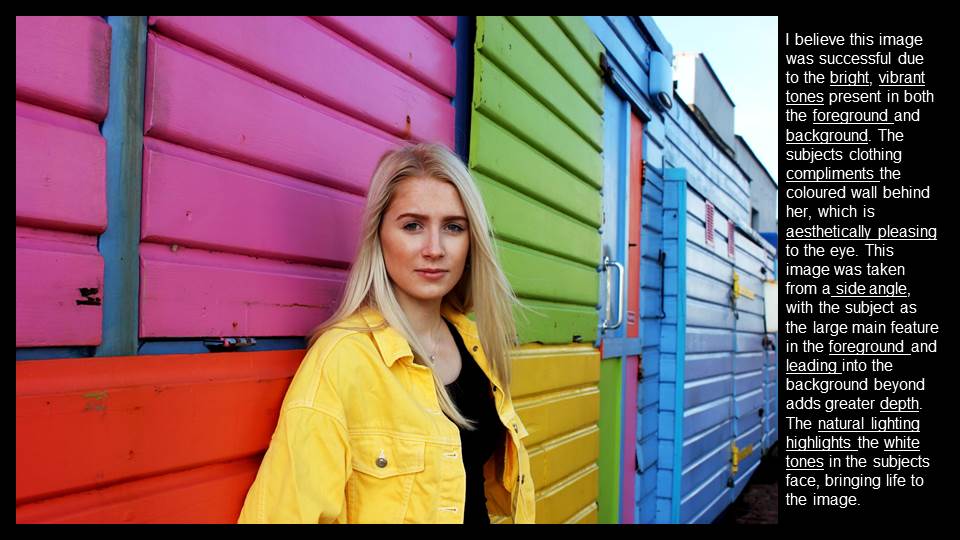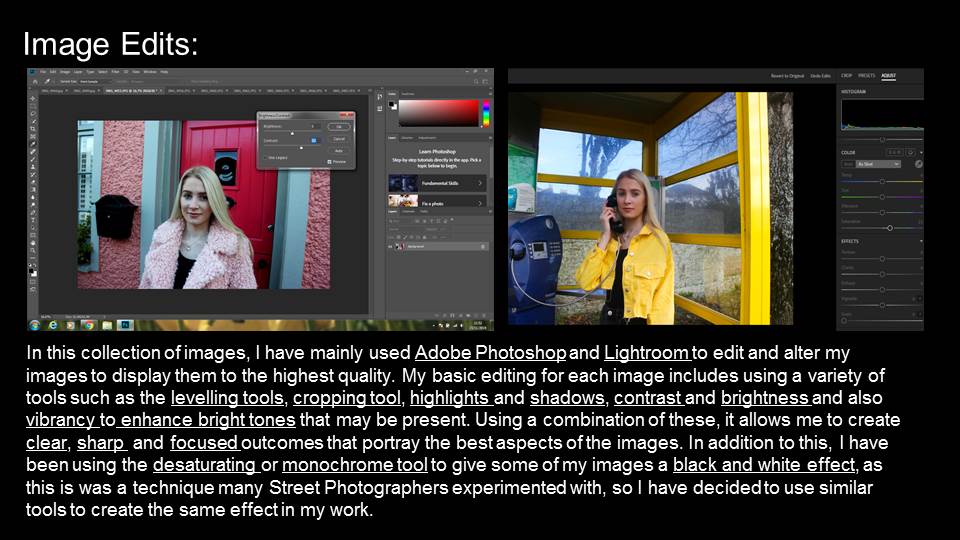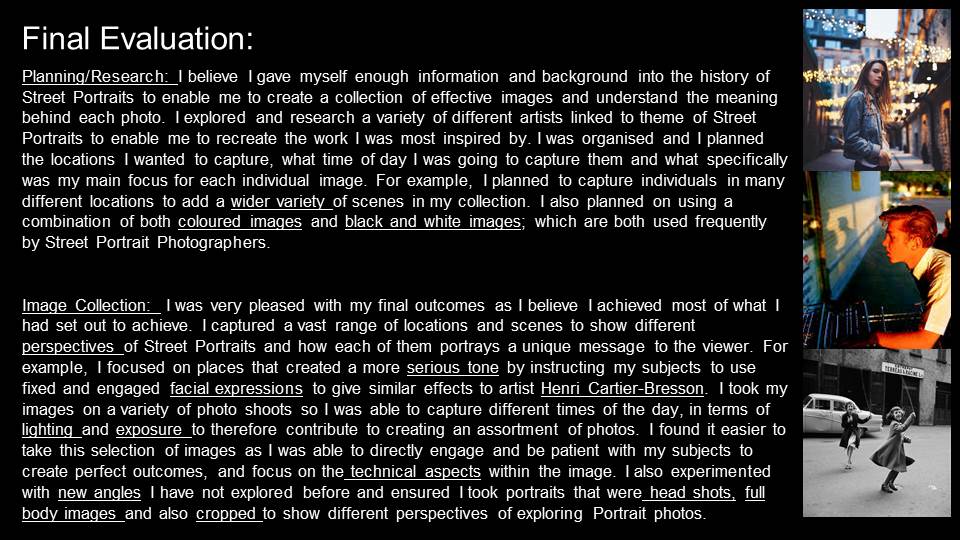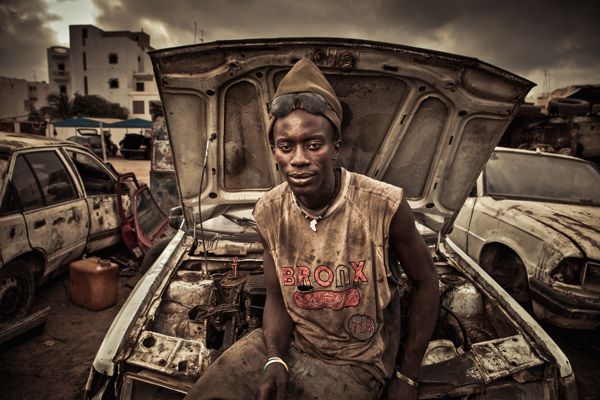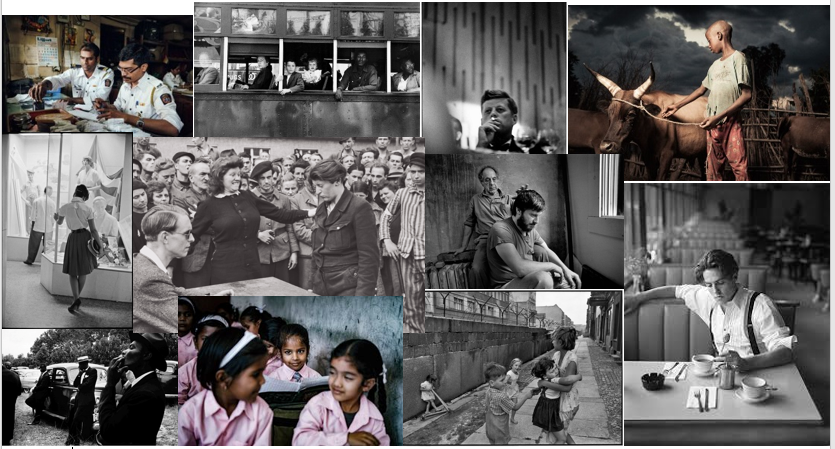Portrait photography is usually a photo of a person and captures their personality, this can be done with the help of lighting and backdrops.
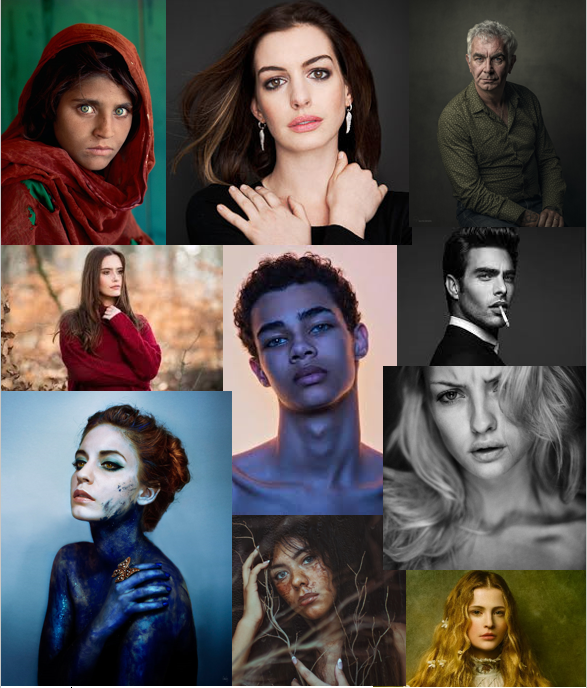
There are 4 main approaches to portrait photography, Constructionist, Candid, Environmental and a Creative approach.
Constructionist: This is when a the photographer builds an idea behind then image; for example a romantic couple, a happy family and many more. This is usually done in a more professional setting such as a studio. this type of photography is well known for its use in marketing and advertising.
Candid: This photographical technique is when the photographer takes images without the people who are being photographed knowing about it. Paparazzi is an invasive example of candid photography as it generally shows celebrities at their worst. However; when done correctly, candid photography can paint an ideas of what society looks like in that particular region, this can also show many things that happen in the public eye that may be otherwise ignored and “brushed under the carpet”.
Environmental: This is about the environment in which the person being photographed spends their day to day at. This can be a place of work, hobby, family and even leisure. Examples include, singers in a recording studio, student in a study room, a butcher working at a butchers. These also generally show a bit of culture or class in which that person lives in, showing the history behind the image and the person being photographed.
Creative: This is generally done through the manipulation of digital software, this can create an infinity of options and allows the person who is being photographer’s characteristics stand out. This is a more modern approach to portrait photography as it uses the photographers camera skills and also their editing skills in order to create a striking outcome.
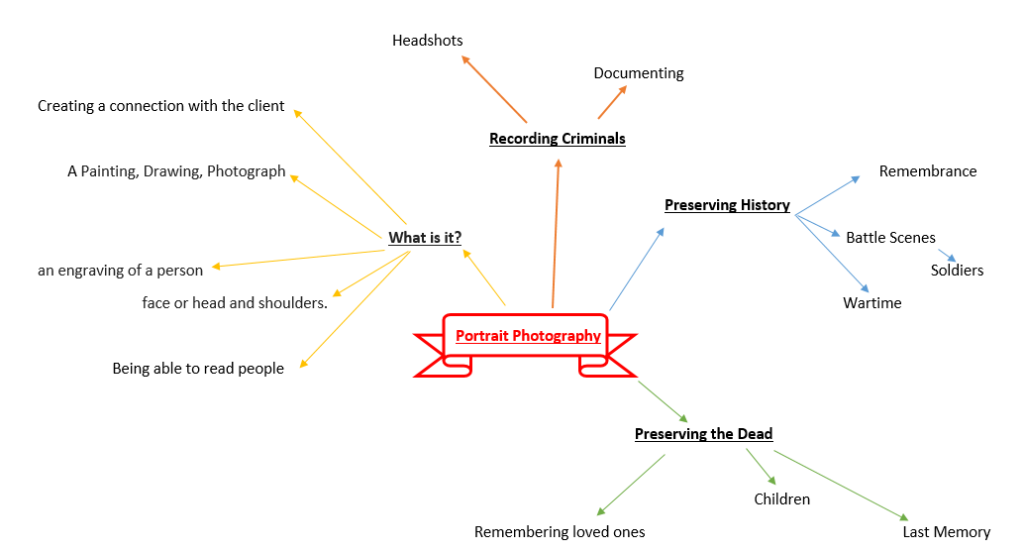
Contemporary Portrait Photography
This is a more modern approach to portrait photography, here images often follow a more abstract/ unusual approach.
Here are some examples of Contemporary Portrait Photographers:

Cindy Sherman 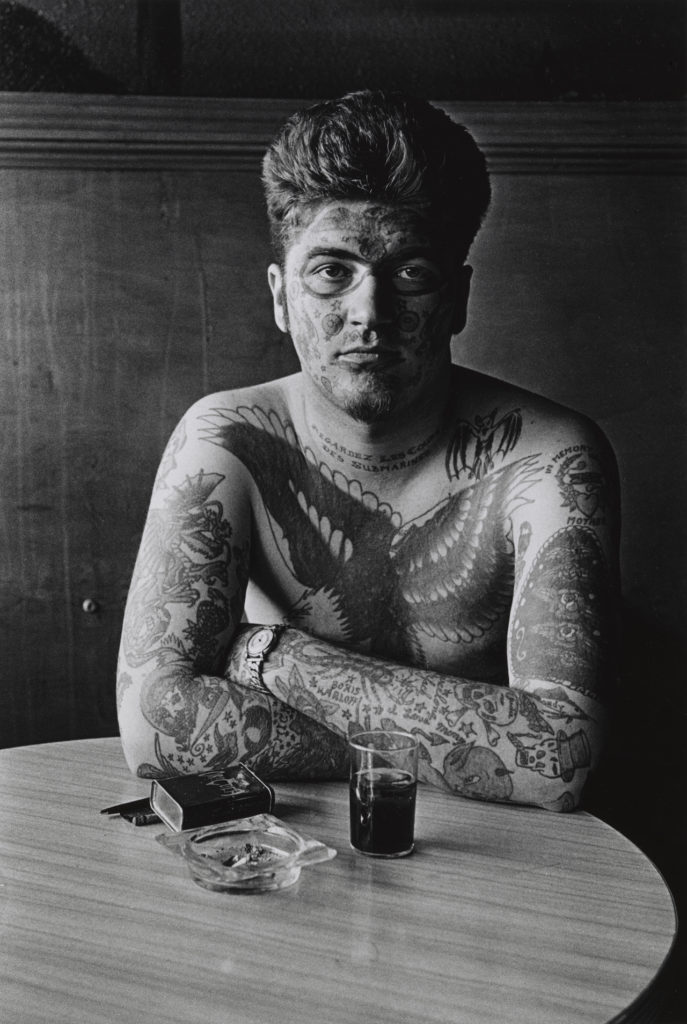
Diane Arbus 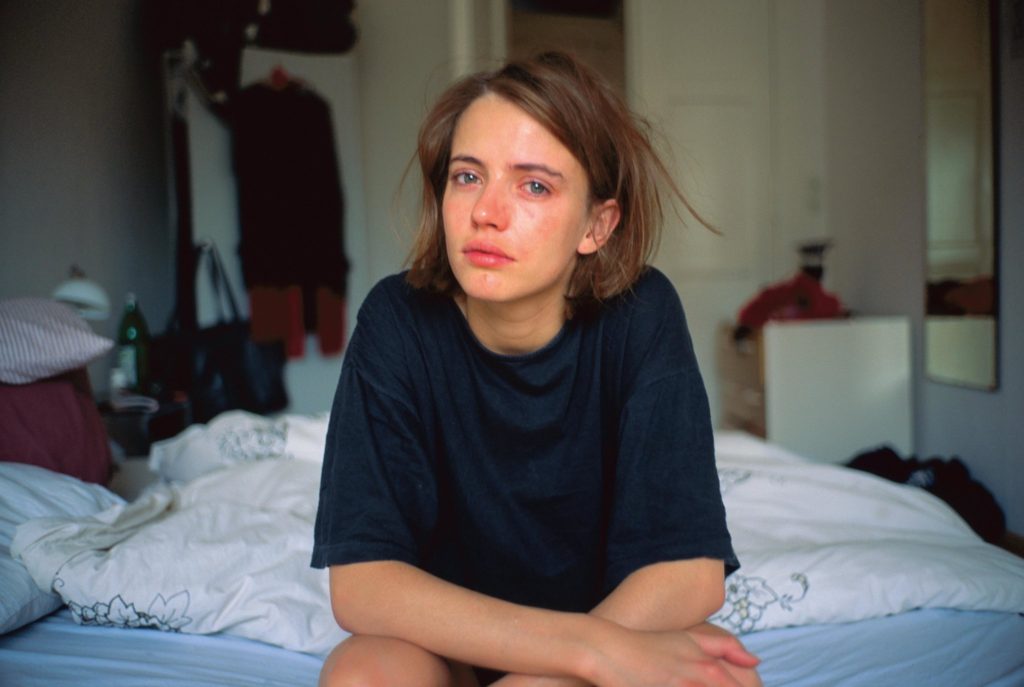
Nan Goldin
The Art of Portrait photography / The history of Portrait photography:
Different types of Portrait Photography and their meaning. (Website)
https://expertphotography.com/types-of-portrait-photography/


